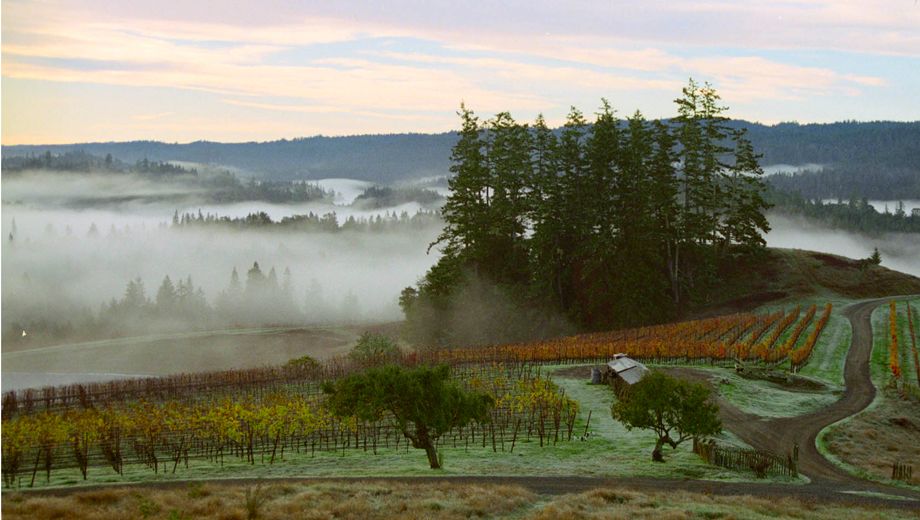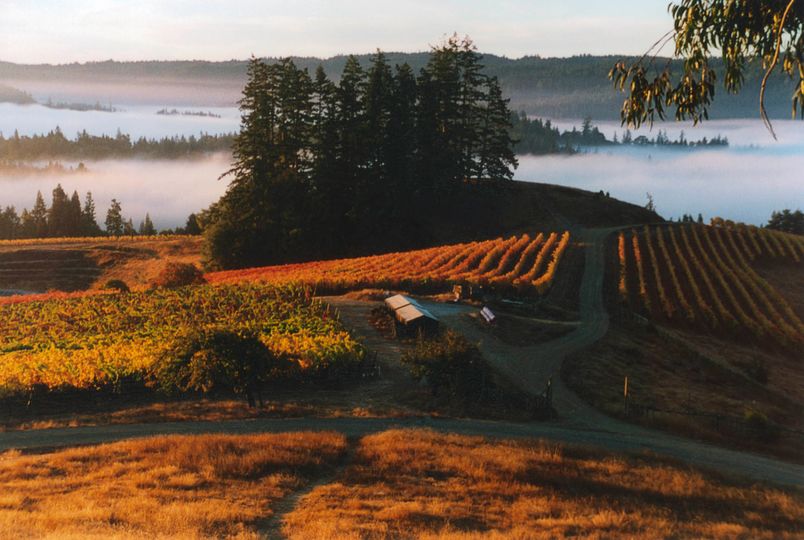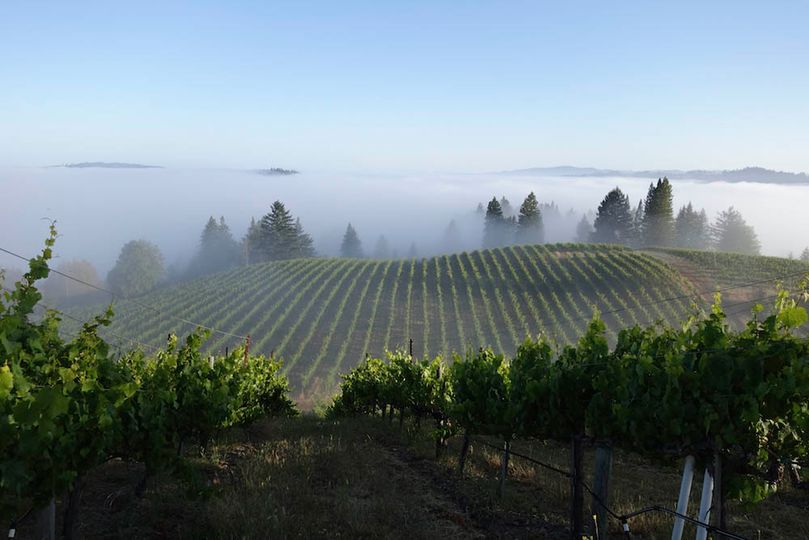Why California's West Sonoma Coast is a sweet spot for pinot noir

The remote coastline of Sonoma never fails to impress. Chilly fog and wind roll in from the Pacific, covering ridges of towering redwoods and tiny patches of vineyards.
To reach these wineries, you follow hairpin curves up narrow dirt roads you probably wouldn’t want to drive on after dark.
The dramatic, 51-mile-long sliver of land next to the ocean is known as the West Sonoma Coast, or what some call the “true,” “extreme,” or “far” Sonoma coast.
This is California’s edgiest, riskiest wine region, where clashing tectonic plates have been churning up the earth for hundreds of millions of years.
It also happens to be one of the world’s sweet spots for pinot noir, chardonnay, and syrah.

For the past seven years, the area’s opinionated winemakers have been fighting to make these cool coastal hills a separate wine region: an official “American viticultural area,” or AVA. They are currently grouped under a broader AVA, simply known as “Sonoma Coast.” By early 2019, the winemakers expect official approval.
“We had to distinguish this area from the vast Sonoma Coast appellation,” says Andy Peay, who co-owns Peay Vineyards with his brother Nick and sister-in-law Vanessa Wong. “Our wines taste very different from the rest of the region. Consumers were confused. And this is where we’ve committed our lives.”
Defining the Sonoma Coast
Winemakers in the region have long had serious issues with the existing Sonoma Coast appellation. It’s a sprawling, gerrymandered mess that was approved by the Alcohol and Tobacco Tax and Trade Bureau (now the TTB) in 1987.
The region encompasses nearly 500,000 acres and 750 square miles, stretching from the northern Mendocino County boundary to Marin County and San Pablo Bay in the south. From the Pacific, it reaches eastward as far as Russian River, Healdsburg, and Santa Rosa.
As a guide to wine character and taste, the words “Sonoma Coast” on a label aren’t necessarily helpful.
Many vineyards are more than 30 miles inland, with warmer temperatures and zero influence from the Pacific, meaning both the ripe, plummy pinots from Sonoma-Cutrer Vineyards and the lighter, earthier chardonnays from Littorai Wines are both under the same, big umbrella.

Carroll Kemp, now the winemaker at Alma Fria, lists three things that make West Sonoma Coast unique: “Out here on the edge, the Pacific Ocean, the San Andreas Fault, and the culture are what define our wines.”
Proximity to the Pacific means cooler temperatures, but the ocean also protects against extreme cold at night. Breaks in the hills allow greater influx of cooling fog.
The San Andreas Fault, which runs parallel to the coastline, has created a kaleidoscope of soils and pushes ridges to more than 1,500 feet (460 metres) elevation. And the area has a strong culture of eco-conscious vintners who embrace organic and biodynamic viticulture.
It all adds up to a maritime climate that’s cooler than Burgundy, with a long growing season that lets grapes develop complexity without getting too ripe.
“Our pinots don’t just have higher acidity, lower alcohol, and more balance,” says Ted Lemon of Littorai Wines, one of California’s top winemakers.
“It’s the the intense crunchy fruit and mineral notes. Inland, the pinots are richer, rounder, and show darker fruit tones.”
The best of the West Sonoma Coast
2016 Ceritas Heintz Vineyard Chardonnay: John Raytek is one of California’s hottest chardonnay makers, and this bottling comes from one of the coast’s oldest chardonnay vineyards. It has richness, briny minerality, and a lush, lemon character (US$70).
2014 Hirsch Vineyards San Andreas Fault Pinot Noir: This pioneering winery makes several pinots; this one is easier to find than most. It has complex spiciness, cool, bright cherry-toned fruit flavors, and a super-silky texture (US$60).
2016 Peay Vineyards Sonoma Coast Pinot Noir: This winery in the north part of the West Sonoma Coast, in Annapolis, makes several pinots, chardonnay, syrah, and more. Its entry-level pinot always over-delivers, with vivid fruit both spicy and savory, to go with the earthy notes typical of the region ($58).
2014 Littorai Sonoma Coast Pinot Noir: This superb producer makes seven single vineyard pinot noirs from the West Sonoma Coast, but they’re hard to find. This blend of several is an elegant way to get acquainted (US$60).
2013 Failla Fort Ross-Seaview Estate Vineyard Syrah: Aside from pinot and chardonnay, Ehren Jordan also makes superb cool-climate syrah. This vintage is loaded with personality: bright, savory fruit, and aromas of lavender and mint (US$75)



Qantas - Qantas Frequent Flyer
02 Apr 2017
Total posts 134
Second great article I've read from you, hope to see more of you Elin! Central Coast and north is the best place for Pinot Noir right now in my opinion - though am definitely more partial to Oregon stuff rather than Sonoma. But the Californians are doing very interesting stuff with Gamay Noir & Pinot blends that are hard to bear.
Hi Guest, join in the discussion on Why California's West Sonoma Coast is a sweet spot for pinot noir